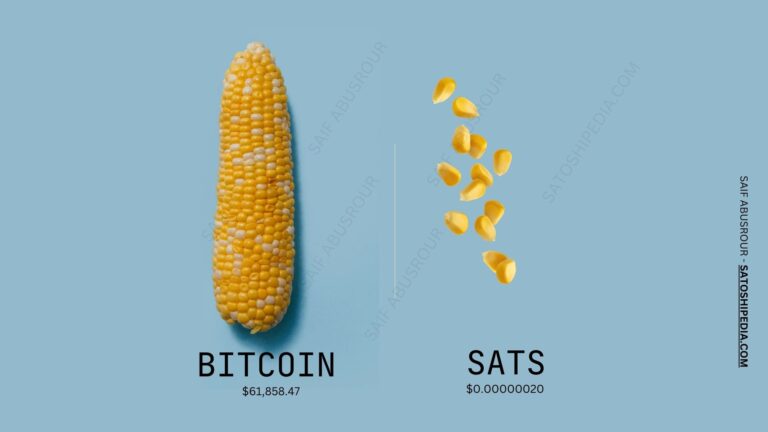In an exciting development for the cryptocurrency world, Ethereum’s next upgrade, called “The Verge,” is set to revolutionize how users can participate in the network. Imagine running a full Ethereum node on your smartphone or smartwatch! This is not just a dream; it’s becoming a reality, and understanding this upgrade is crucial for anyone interested in the future of technology and finance.
What’s the Big Idea?
At its core, The Verge aims to make Ethereum more secure and accessible by allowing nodes—essentially, the backbone of the Ethereum network that verifies transactions—to operate on everyday devices. Traditionally, running a node required a lot of powerful hardware and storage, often hundreds of gigabytes of data. With The Verge, Ethereum is introducing a concept called stateless verification, which changes the game entirely.
Why Stateless Verification?
The current challenge is the massive data requirements for running a node. As Ethereum grows, the amount of data increases, making it hard for regular users to get involved. Stateless verification will allow nodes to verify transactions without needing to store the entire blockchain. Here’s how it works:
- Lower Hardware Requirements: By using stateless verification, devices won’t need to hold large amounts of data, making it feasible for phones and smartwatches to run nodes.
- Cost-Effective Verification: This new approach ensures that verifying transactions becomes so affordable that every mobile wallet and browser can do it seamlessly.
Key Innovations: Verkle Trees and STARKs
One of the initial technical strategies behind The Verge involves Verkle trees, which are a type of cryptographic structure that helps reduce the size of proofs needed for verification. However, Vitalik Buterin, one of Ethereum’s co-founders, expressed concerns about their vulnerability to quantum computing, a future threat to cybersecurity.
As a solution, developers are exploring Scalable Transparent Arguments of Knowledge (STARK), which promise better security and scalability against potential quantum threats. This means that while Verkle trees might be a step forward, they are also a temporary solution.
Multidimensional Gas: A New Approach to Fees
Another crucial element of The Verge is the proposed changes to Ethereum’s gas fee system. Gas fees are the costs users pay to execute transactions and run applications on the Ethereum network. The Verge introduces the concept of multidimensional gas, which separates fees based on:
- Call Data: The data needed to make a transaction.
- Computation: The processing power required to execute it.
- State Access: The data storage needed.
By differentiating these costs, Ethereum can better manage resources and ensure that transactions remain efficient and secure, especially as more users join the network.
Why Should You Care?
Understanding The Verge and its implications is vital for several reasons:
- Accessibility: As more people can run nodes on their devices, Ethereum becomes more decentralized. This means that control isn’t concentrated in the hands of a few, making the network stronger and more resilient.
- Investment Opportunities: With Ethereum evolving, knowing these upgrades can help you identify new opportunities in the market. As accessibility increases, more projects and innovations will likely emerge.
- Technological Literacy: In our increasingly digital world, understanding blockchain and its mechanisms is becoming essential. The Verge represents a critical evolution in how we interact with digital currencies and decentralized systems.
Key Takeaways
- Stateless Verification: Allows nodes to operate without storing the entire blockchain.
- Verkle Trees vs. STARKs: New methods for securing the blockchain against future threats.
- Multidimensional Gas: A smarter way to manage transaction fees and network resources.
By keeping an eye on developments like The Verge, you not only stay informed but also position yourself as a knowledgeable participant in the rapidly changing landscape of cryptocurrency and blockchain technology.



